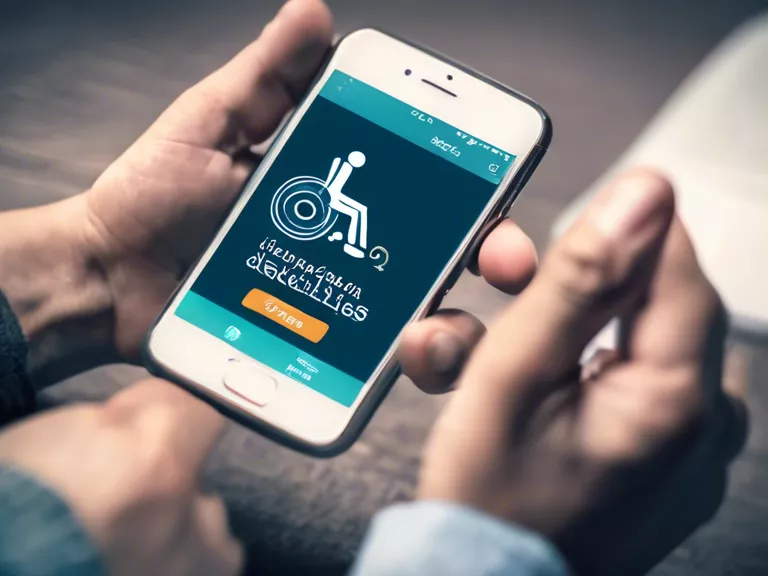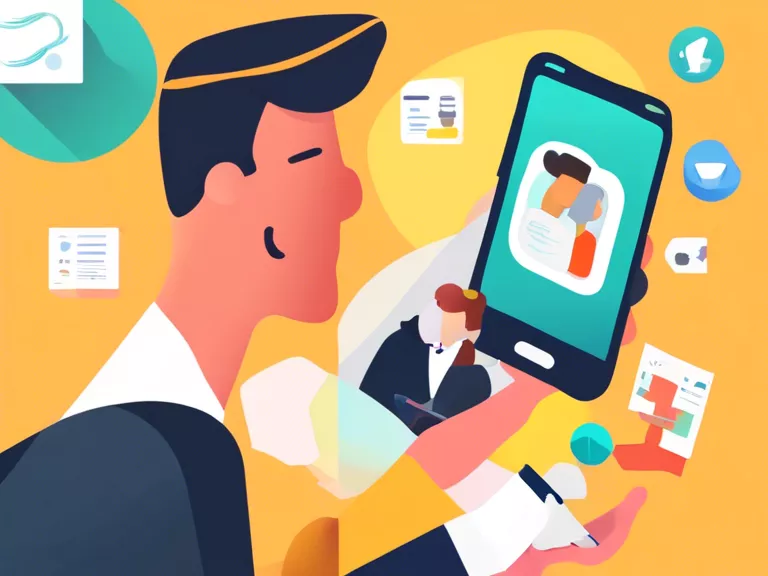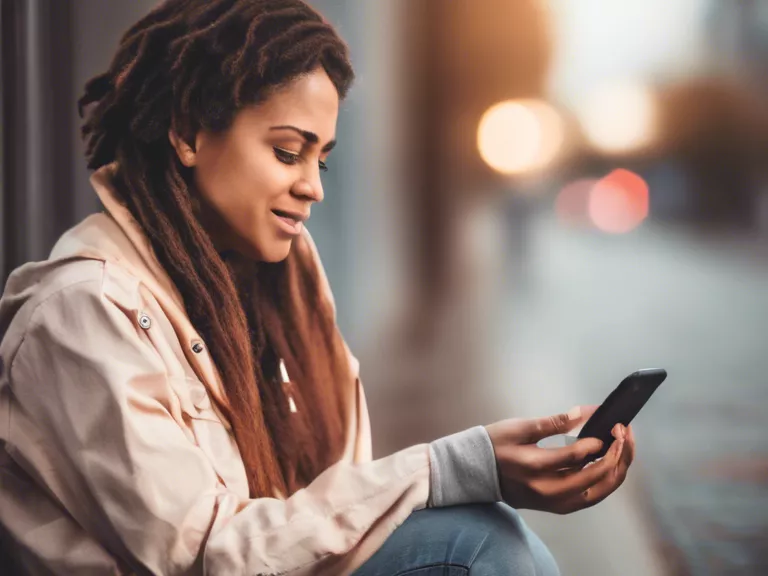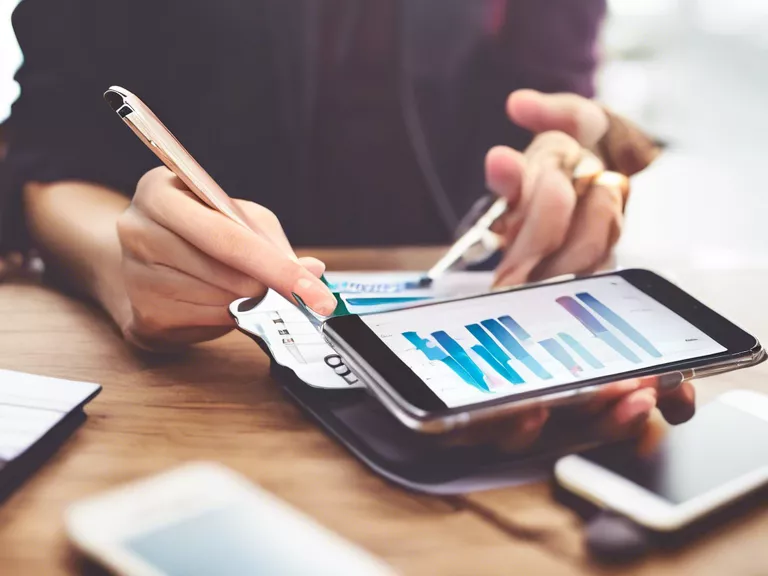
In today's digital age, mobile apps have become an essential part of our daily lives, offering convenience and accessibility to a wide range of services and information. For users with disabilities, mobile apps are playing a crucial role in improving accessibility and enhancing their quality of life.
One of the key ways in which mobile apps are improving accessibility for users with disabilities is through the integration of assistive technologies. For example, screen readers, voice recognition software, and alternative input devices are now commonly built into mobile apps to help users with visual or motor impairments navigate and interact with the app more easily.
Another way in which mobile apps are enhancing accessibility is by providing customizable settings that cater to the specific needs of users with disabilities. Features such as adjustable font sizes, high contrast modes, and voice commands give users the flexibility to personalize the app according to their individual requirements.
Furthermore, mobile apps are breaking down communication barriers for users with speech or hearing impairments. Video calling apps with built-in sign language interpretation, text-to-speech functions, and real-time captioning capabilities are enabling users to communicate effectively with others, regardless of their disabilities.
Additionally, mobile apps are revolutionizing access to education and information for users with disabilities. Apps offering audio descriptions for video content, interactive Braille displays, and integrated learning tools are empowering users with disabilities to engage with educational material in a way that suits their learning style.
Overall, the advancements in mobile app technology are making a significant impact on the lives of users with disabilities, empowering them to navigate the digital world with greater ease and independence. As mobile app developers continue to prioritize accessibility in their designs, we can expect to see even more innovative solutions that break down barriers and create a more inclusive digital environment for all users.



